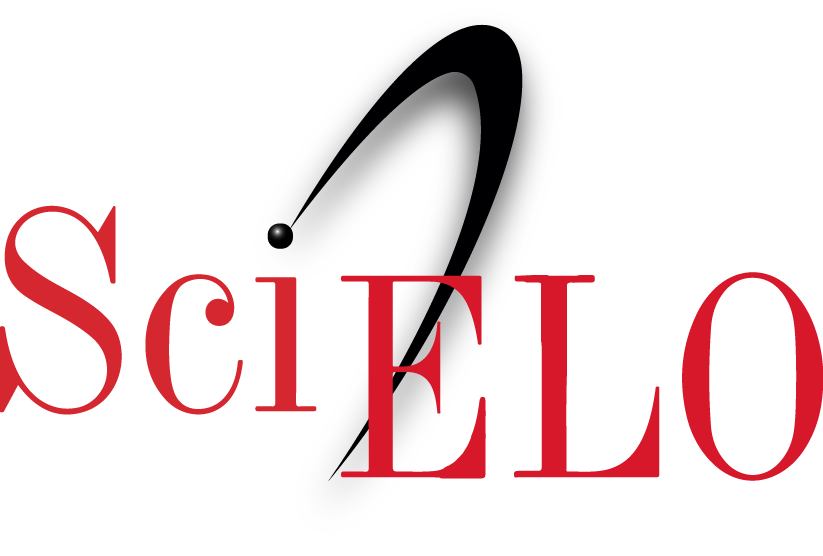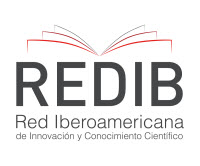Artisanal type clothing: Challenges and opportunities in its commercialization
Keywords:
Artisanal Clothing; Commercialization; Offer; Customer Service; Variety of Products.Abstract
The sector dedicated to the commercialization of artisanal clothing has faced new opportunities for growth caused by cultural dissemination, incursion of the design and increase in fashion, which has given rise to the emergence of new companies dedicated to the offer of these products, however, in some cases within this economic units there is an ignorance in administrative knowledge which represent a disadvantage to face a competitive market. The present investigation has as objective to make a study of the conditions of the supply of clothes of artisan type in La Heroica Ciudad de Huajuapan de León, Oaxaca, México for this purpose were interviewed marketers artisanal clothing type business owners, the information collected was about the attention to the customer, the variety of products, and marketing, based on this it was able to identify that businesses have different areas of opportunity, that can boost sales of companies that marketed artisanal clothing type in this city.References
Barquisimieto, C. (2013). Diseños No Experimentales Transeccionales. Diseños cuantitativos de investigación. Recuperado de: https://issuu.com/divargase/docs/dise__o_no_experimental_transeccion
Centro de Estudios Sociales y de Opinión Pública. (2012). Artesanías en México. En contexto, (20), p.14.
COPLADE. (2016). Diagnóstico de la Cadena de Valor Artesanías Textil en las Regiones de Oaxaca. Recuperado de: http://www.coplade.oaxaca.gob.mx/wp-content/uploads/2017/04/Perfiles/AnexosPerfiles/1.%20CV%20TEXTIL.pdf
Cruz M., López, C. y Neyra, L. (2009). Artesanías y medio ambiente. De Comisión Nacional para el Conocimiento y uso de la Biodiversidad. Recuperado de: http://www.biodiversidad.gob.mx/publicaciones/librosDig/pdf/ArtesaniayMedioAmb.pdf
Díaz, J. (2004). Comercialización de los productos y servicios de la ciencia: retos y perspectivas. Revista Cubana de Ciencia Agrícola, 48 (1) p. 21-24.
FONART. (2015). Manual de diferenciación entre artesanía y manualidad. Edición 2015. Recuperado de: https://www.gob.mx/cms/uploads/attachment/file/107963/Manual_diferenciacion_artesania_manualidad_2015.pdf
FONART. (2014). Catálogo de artesanía mexicana. Edición 2014. Recuperado de: https://www.gob.mx/cms/uploads/attachment/file/132508/CATALOGO_FONART_2014.pdf
INEGI. (2009). Minimonografía Oaxaca. Recuperado de: http://www.inegi.org.mx/est/contenidos/espanol/proyectos/censos/ce2009/pdf/M_Oaxaca.pdf
INEGI. (2011). Panorama Sociodemográfico Oaxaca. Recuperado de: http://www.inegi.org.mx
Lankaster, K. (1979). A new approach to consumer theory, Journal of Political Economic, (74), pp 132-157.
Martínez, A. (2005). La diferenciación de productos: Una breve nota. Entramado, 1(2) p. 134-47.
Najul, J. (2011). El capital humano en la atención al cliente y la calidad de servicio. Observatorio Laboral Revista Venezolana, 4(8) p. 23-35.
Pacheco, Z. (2013). Diagnóstico de necesidades de capacitación de las MIPYMES de La Heroica Ciudad de Huajuapan de León, Oaxaca. Recuperado de: http://jupiter.utm.mx/~tesis_dig/11919.pdf
Rubín, M. (2017). Competencia Monopolística: Características, Ventajas y Desventajas. Recuperado de: https://www.lifeder.com/competencia-monopolistica/
Sales, F.J. (2013). Las artesanías en México situación actual y retos. Recuperado de: www.diputados.gob.mx/camara/content/.../Contexto-No.20-Artesania-en-mexico.pdf
UNESCO. (1997). La Artesanía y el mercado internacional: comercio y codificación aduanera. Recuperado de: http://portal.unesco.org/culture/es/ev.php-URL_ID=35418&URL_DO=DO_TOPIC&URL_SECTION=201.html
Urbano L, Paz, Espinosa M., y Maceda, A. (2018). Impulso a emprendimientos productivos e mujeres rurales, NOVUM, (8-I), p. 164-190.
Published
How to Cite
Issue
Section
License
Copyright (c) 2018 YANNET PAZ
The works published in this magazine are under the Creative Commons Attribution-NonCommercial 2.5 Argentina license.
Important: The author is the owner of the rights to exploit the contents of the article of his authorship.
You are free to:
Share — copy and redistribute the material in any medium or format.
Adapt — remix, transform and build from the material.
The licensor cannot revoke these liberties as long as you follow the terms of the license.
Under the following terms:
Attribution - You must give appropriate credit, provide a link to the license, and indicate if any changes have been made. You may do so in any reasonable way, but not in a way that suggests that you or your use is endorsed by the licensor.
Non-Commercial - You may not use the material for commercial purposes.
There are no additional restrictions - You cannot apply legal terms or technological measures that legally restrict others to make any use permitted by the license.




















